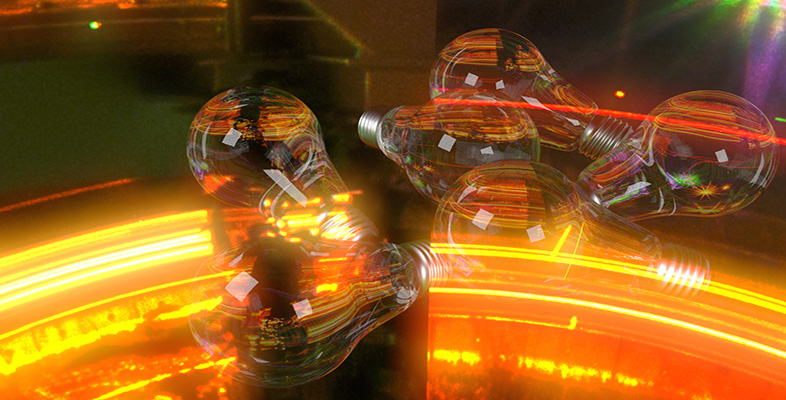3 Firms, costs and technology
3.1 Introduction
In this section the focus turns towards the supply side of the market, towards firms and industries, exploring the importance of costs and technological change in the organisation of production. The objective is to understand some of the different kinds of change in industrial structure, namely changes in the number and size of firms in an industry. One such change saw the emergence of Ford, initially one among many similar firms jostling for position in the US automobile industry, as the industry ‘leader’. What was so special about Ford? Henry Ford was the first car maker to introduce an innovative assembly-line production technology. This gave him a competitive advantage over firms using more traditional and, for that reason, more expensive processes. Since consumers were unwilling to pay higher prices for broadly similar products, Ford's rivals were forced to take up the same new methods of production if they wanted to compete.
This story raises some important questions about competition, technology and costs. How do firms respond to changing conditions in their industry? What can a ‘typical’ firm do to cut its costs? What are the main constraints on its behaviour? Economists use models of the relationships between technology, costs and output of firms to explore these questions. This section examines these relationships in a basic economic model of a firm. It explores the scope the firm has for cutting its costs in the short and long run, and the impact of changing technology on the firm's costs. The distinction between the short run and the long run is important because it is based on assumptions about how much room to manoeuvre the firm has in responding to changing market conditions and draws attention to the role of investment in the firm's response. It is in the short run that the firm's actions are subject to the greatest constraint. In the analysis in this section, firms take technology as given. In Section 4 we remove this constraint, restoring to firms some influence in shaping technology and hence their costs to their own advantage.
